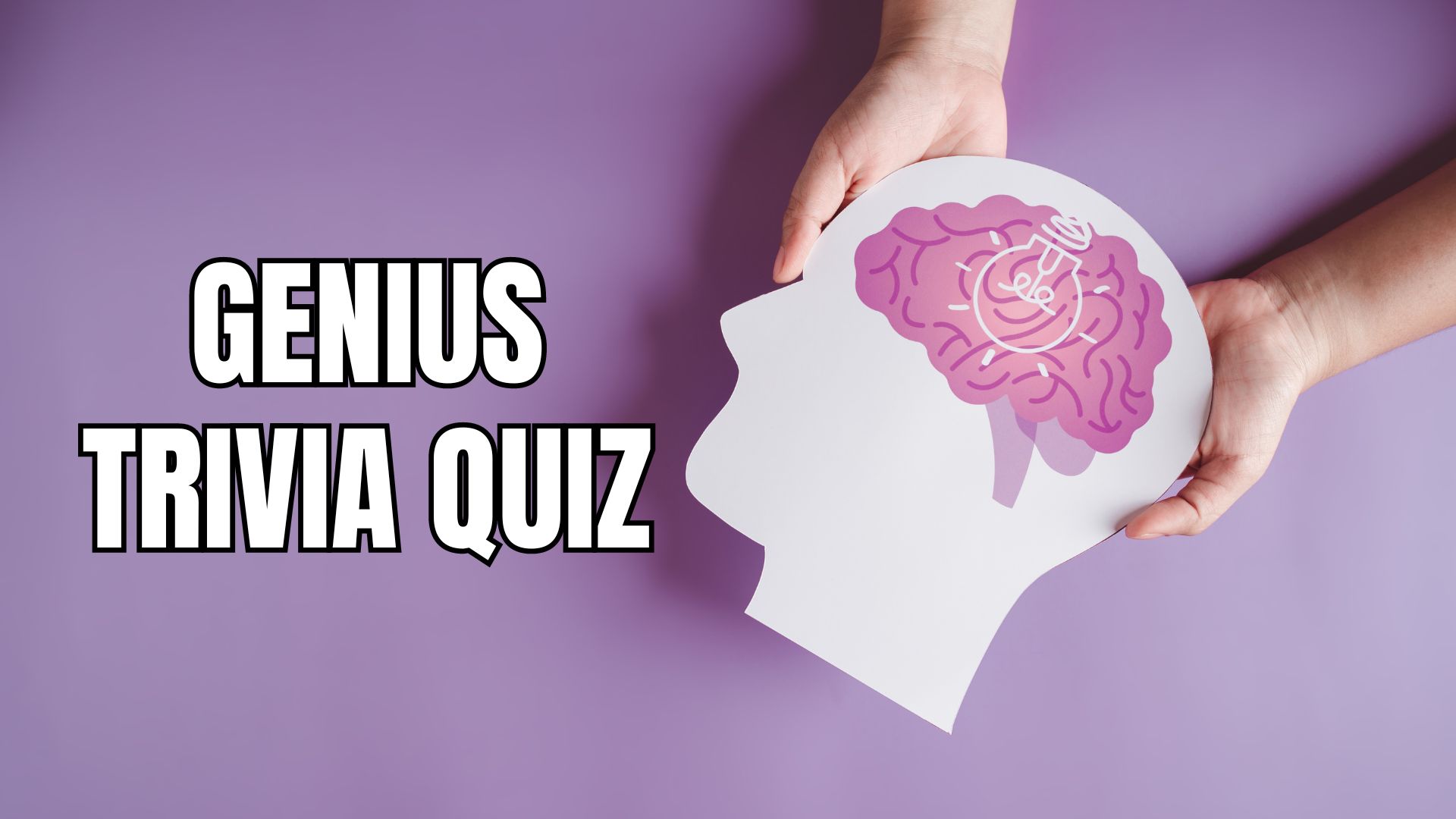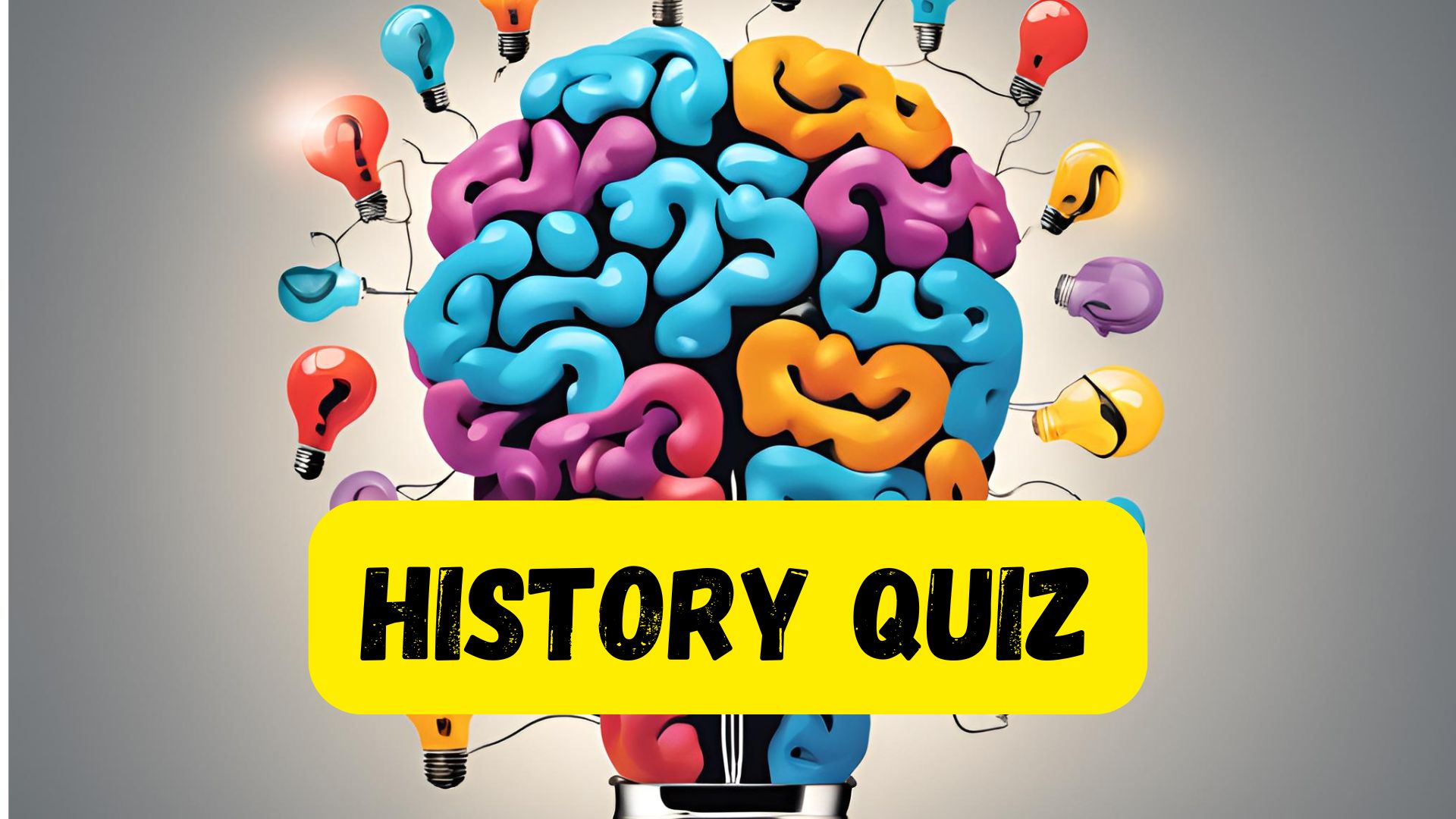
Get ready for a fun and diverse challenge! This mixed trivia quiz will test your knowledge on everything from minerals and planets to famous composers and world history. Can you score high across all these categories? Find out if you have what it takes to answer questions from various fields.
Quiz
Results

Awesome job! You’ve really nailed it — your hard work is paying off.
Oops! Don’t worry, though—every failure is a step toward success. Give it another shot and show what you’ve got!
#1. What is the hardest mineral on the Mohs scale?
#2. Who composed the opera The Magic Flute?
#3. Which country is home to the Great Pyramid of Giza?
#4. In what year did World War II end?
#5. Which gas is most abundant in Earth's atmosphere?
#6. What is the second-largest planet in our solar system?
#7. Who was the first female Prime Minister of the United Kingdom?
#8. Which artist painted the ceiling of the Sistine Chapel?
#9. What is the capital of Finland?
#10. Which Roman emperor built a massive wall across Northern Britain in 122 AD?
Quiz complete? Scroll down for answers and interesting facts!
1. What is the hardest mineral on the Mohs scale? Diamond is the hardest mineral on the Mohs scale. Diamonds are formed under extreme pressure and heat deep within the Earth’s mantle. They are composed of pure carbon atoms arranged in a strong crystal structure, making them incredibly resistant to scratching and abrasion.
2. Who composed the opera The Magic Flute? Wolfgang Amadeus Mozart composed the opera The Magic Flute. The Magic Flute is a singspiel, a type of opera that includes spoken dialogue. It is considered one of Mozart’s greatest works and is still performed today. The opera is known for its captivating story, beautiful music, and symbolic imagery.
3. Which country is home to the Great Pyramid of Giza? The Great Pyramid of Giza is located in Egypt. The Great Pyramid of Giza is the largest of the ancient Egyptian pyramids and is considered one of the Seven Wonders of the Ancient World. It was built as a tomb for the pharaoh Khufu.
4. In what year did World War II end? World War II ended in 1945. World War II was the deadliest conflict in human history, resulting in the deaths of an estimated 70-85 million people. The war was fought across Europe, Asia, Africa, and the Pacific Ocean.
5. Which gas is most abundant in Earth’s atmosphere? Nitrogen is the most abundant gas in Earth’s atmosphere. Nitrogen makes up about 78% of Earth’s atmosphere. It is essential for life on Earth, as it is a component of amino acids, which are the building blocks of proteins.
6. What is the second-largest planet in our solar system? Saturn is the second-largest planet in our solar system. Saturn is known for its beautiful rings, which are made up of ice and rock particles. It is also the least dense planet in the solar system.
7. Who was the first female Prime Minister of the United Kingdom? Margaret Thatcher was the first female Prime Minister of the United Kingdom. Margaret Thatcher served as Prime Minister from 1979 to 1990. She is often referred to as the “Iron Lady” for her strong leadership style and conservative policies.
8. Which artist painted the ceiling of the Sistine Chapel? Michelangelo painted the ceiling of the Sistine Chapel. The ceiling of the Sistine Chapel is one of the most famous works of art in the world. It took Michelangelo four years to complete, and it depicts scenes from the Book of Genesis.
9. What is the capital of Finland? Helsinki is the capital of Finland. Helsinki is a vibrant city with a rich history and culture. It is known for its beautiful architecture, including the Helsinki Cathedral and the Suomenlinna fortress.
10. Which Roman emperor built a massive wall across Northern Britain in 122 AD? Hadrian built a massive wall across Northern Britain in 122 AD. Hadrian’s Wall was built to defend the Roman Empire from Scottish invaders. It was a massive construction project that stretched for 80 miles.






